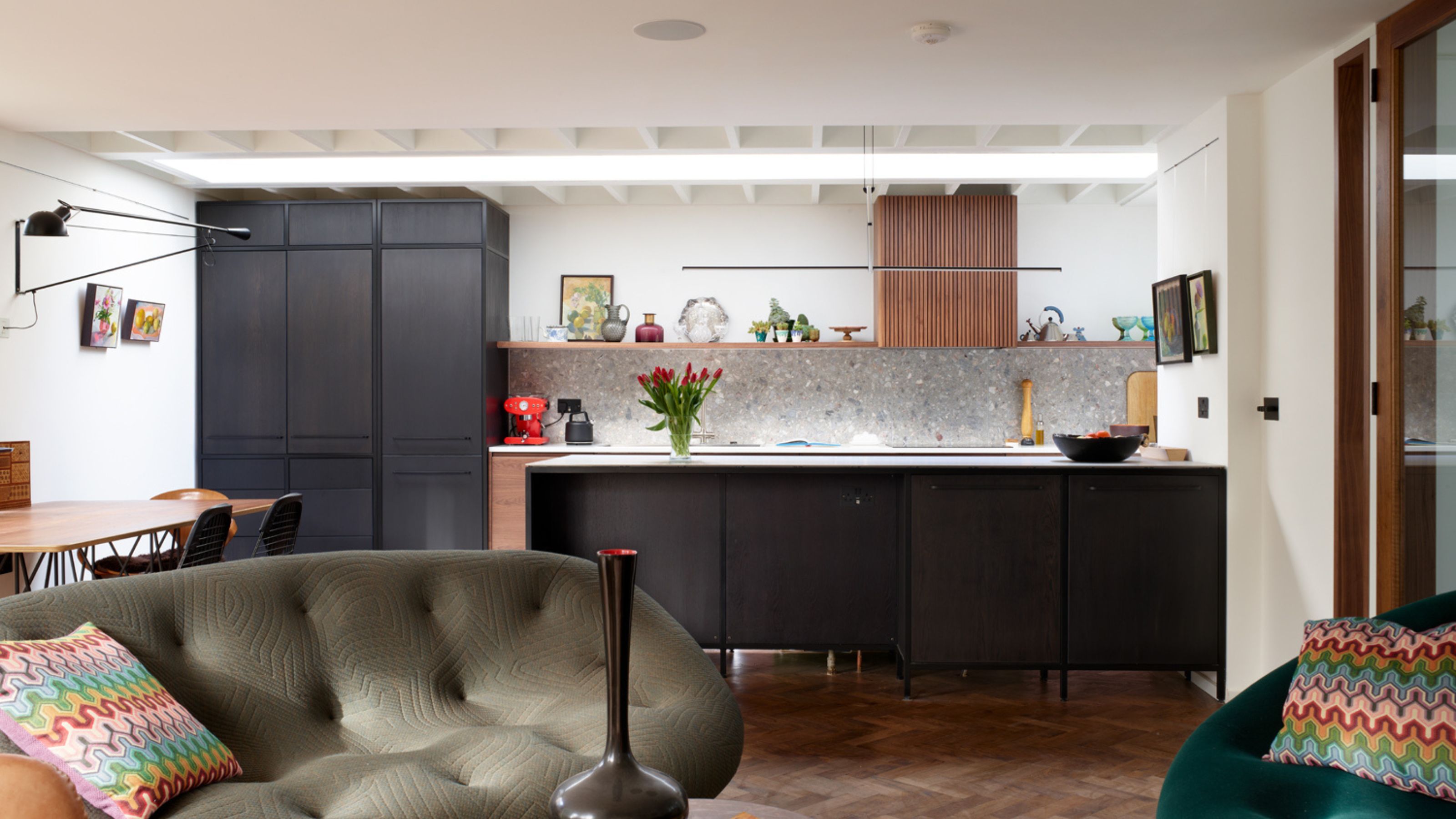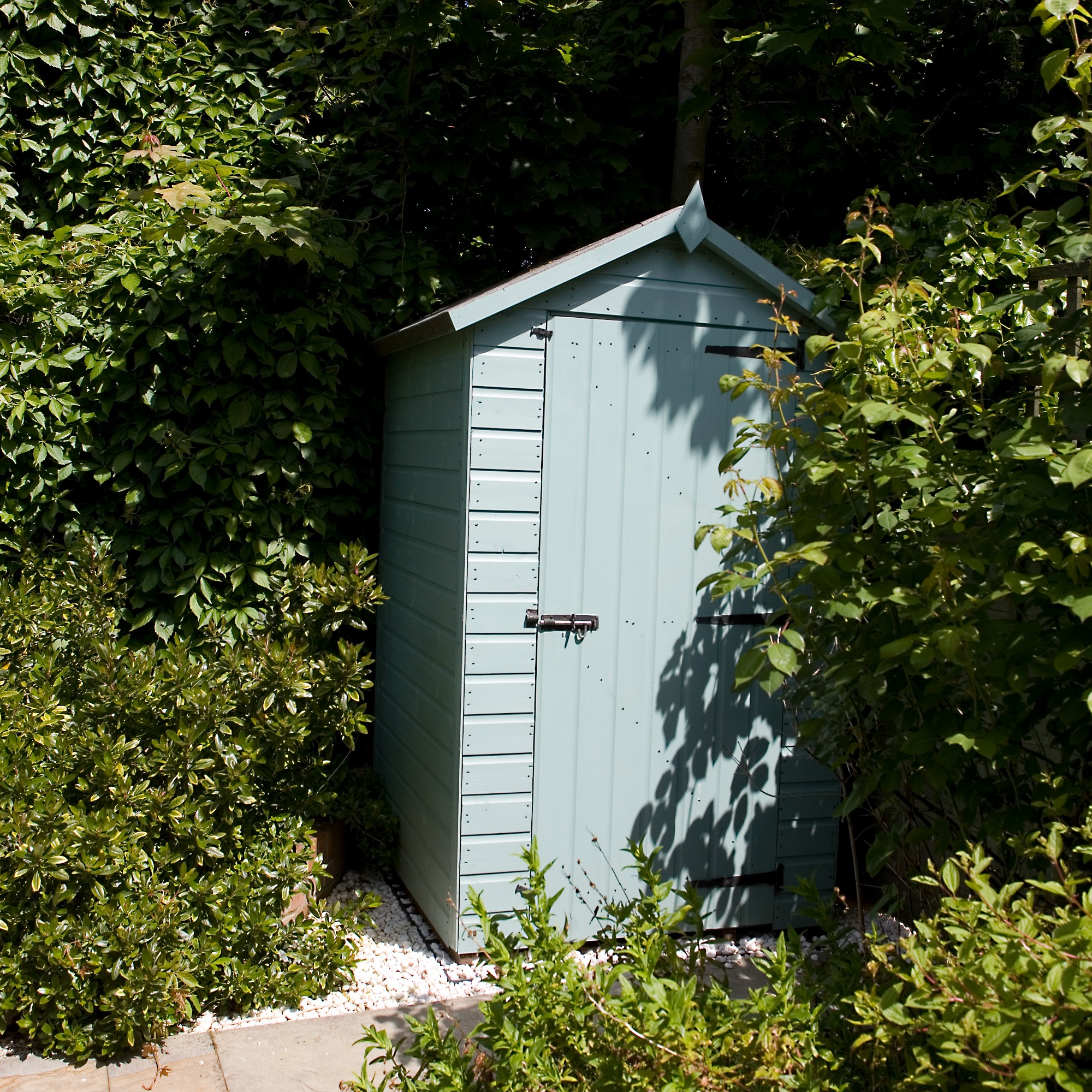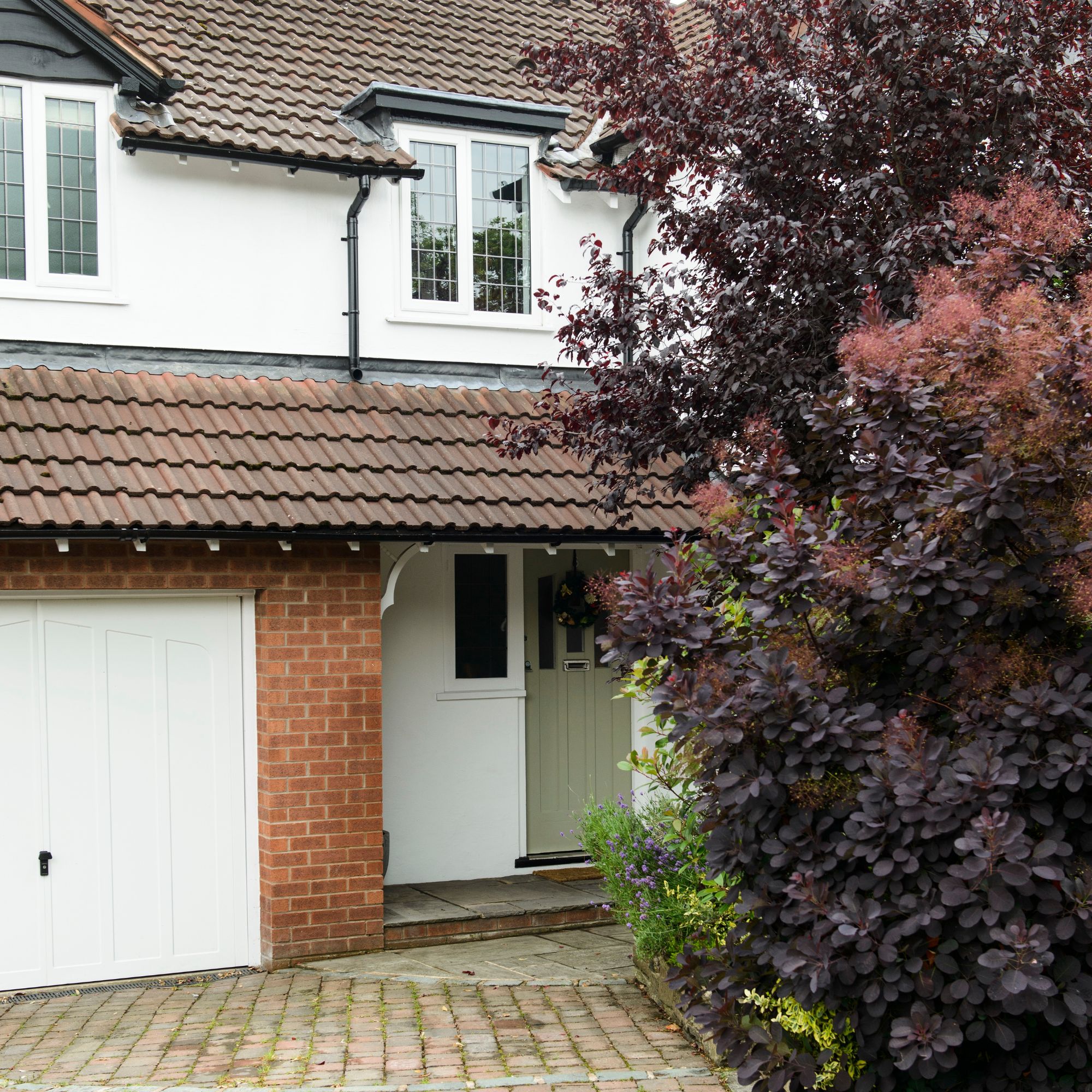Is it a huge mistake to convert your garage and get rid of prime storage space? Pros reveal what to consider and how to get the best of both worlds
There is a way to make it work


If your home’s garage is little more than a dark, chilly space that’s used to stash away DIY tools, garden furniture and old shoes and wellies, it’s likely that you’ve already entertained the idea of converting the space into extra living accommodation. A typical single garage serves up around 15m2 while a double garage offers a roomy 30m2, so converting the space into a habitable zone has the potential to transform the way you use your house.
But there’s a lot to consider when converting a garage, from how you plan on using the space to whether planning permission will be required. 'Garages often become popular additions like gyms, offices or nurseries,' says Mark Hood from Resi. 'I’ve also seen them become essential living areas, helping families stay in their homes by creating ground floor bedrooms and bathrooms for elderly parents.'
However, one of the most common dilemmas many homeowners face when weighing up whether to go ahead with a conversion is if it’s worth sacrificing the valuable storage space the garage provides, in favour of creating extra living space.
According to the pros, with careful planning and clever design it is possible to achieve the best of both worlds, maintaining space for storage as well as creating a new, habitable room.
Should you sacrifice storage space in favour of a garage conversion?
The design of many large modern vehicles means they sometimes struggle to fit inside standard single garages, and so it makes sense that there’s a trend for using the garage for other purposes, with storage being the number one function of most garage spaces.
But if you find you need to increase living space, and you don't want to move, then you might find yourself torn between keeping the storage option and creating a new room instead.
'Consider how important the garage is as a storage space and how often you use it,' explains Mark from Resi. 'Once you understand that, weigh it up against the value of creating a more functional space. If it makes sense to proceed, look at planning constraints, potential value uplift in your property, and whether the intended function of the space would be affected once you upgrade the insulation.'
Sign up to our newsletter for style inspiration, real homes, project and garden advice and shopping know-how

Mark is Director of Architecture at Resi, the UK’s leading home extension platform. With over 9,000 residential projects delivered, Mark’s team of designers has led hundreds of garage conversions nationwide.
If you're debating between the two, you're not alone. According to RAC Home Insurance, more than half of the UK’s garages are not used to park cars in – mostly because they’re too full of household junk.
According to survey results, more than eight in ten drivers (83% say that the garage is used for additional storage. Furthermore, almost half (47%) use the space as a DIY workshop, 9% as a home gym, while only 8% had converted their garage into another room.
So, if you’re considering your garage as a way of boosting living space and adding value to your home, assessing how you currently use the space is an important starting point.

If you convert your garage, where do you store your belongings?

According to the same RAC survey, items most commonly stored in UK garages include DIY tools and materials (90%), gardening tools and furniture (74%), bicycles and scooters (55%), wellies and shoes (36%) and camping equipment (24%). So, if you do go ahead with converting your garage, what are the options for storing these items elsewhere?
An additional shed in the garden is probably the go-to solution for most people, with sheds ranging from compact plastic or wood structures to bespoke multi-purpose solutions. If you’re simply using your shed to store gardening and DIY paraphernalia, a basic waterproof shed is probably sufficient. Find out where to buy a shed that will suit your needs with our handy guide.
However, if your current garage also serves the purpose as a DIY workshop as well as a space for storage, a larger structure with room for shelving and a work bench will probably suit your requirements better.

For keen gardeners, opting for a potting shed design rather than a basic Apex or Pent roof shed will offer space and light to cultivate plants, as well as storing your gardening tools.
If you have a small garden and don’t want a shed that’s going to gobble up precious space, there are more compact garden storage ideas available. For instance, dual purpose storage benches, like this Keter Eden plastic storage bench, £135 at B&Q, can double up seating and as a place to keep garden furniture and gardening tools.
Deck boxes and chests, like this VonHaus 270L storage box, £69.99 at Amazon, also provide a fair amount of space to keep items that are being moved out of the garage and into the garden. Plus, they’re a cost-effective solution if you want to channel the bulk of your budget towards kitting out your newly converted garage.
If you’re looking for a more attractive solution, an outdoor cabinet this Keter Moby tall storage cupboard, £140 at Argos, could provide the ideal option for items that you want to access more regularly and keep organised, such as barbecuing kit or the kids’ garden toys.
Is a partial garage conversion an option?

In this project by Resi, the garage was rebuilt and extended on top of to create an additional bedroom and ensuite.
If sacrificing storage space by converting your garage is going to be an dealbreaker, there are several clever design strategies you can adopt that’ll allow you achieve the best of both worlds: a newly converted living space plus an area that can be used for storage.
If you’re planning to convert the entire garage into living space, discreet storage can be built into gable walls to house smaller items. You can also use integrated overhead racks for some of the items being displaced by your conversion project.
'Multi-purpose furniture is a godsend, too,' says Mike Vasiliou from Dobuild. 'In some cases, wall-mounted storage and a fold-down bed for guests works wonders, maximising the available square footage.'

A partial garage conversion can be achieved by building a partition wall that splits the garage into two rooms. If you’re simply looking for enough space to accommodate a utility room, cloak room or home office, this might be the best solution as it’ll allow you to retain the garage door and house bulky items like bikes and garden furniture in the garage portion of the space.
For instance, taking just a few metres of your garage space to create a utility room with a washer and dryer can free up a lot of space in the kitchen and potentially transform the flow of the space.
If you have the head room in your garage, you could potentially add in a mezzanine level above your newly converted living space to be used for storage. If you have a bigger budget, it might also be possible to extend upwards over your garage; maintaining storage space on the ground floor with new living space above.
If you want your garage to serve multiple functions as an area for storage, working from home or even as a home gym, it can be worth bringing in a design expert. They will have the skills and experience to help you get the most out of the space you have available. 'Hiring a professional designer is invaluable,' says Mike from Dobuild. 'They have an eye for detail and can save you from making costly blunders down the line.'

Mike is the Founder and Director at Dobuild, a full-service construction company, specialising in high-end residential projects across London. He has worked in the construction industry for nearly 20 years, with a background covering civic engineering and construction for residential and commercial markets.
If you decide you can make a conversion like this work, then make sure you research plenty of garage conversion ideas to create the ideal space.

Rebecca Foster started her journalism career in Bangkok in 2013, where she worked on the in-house editorial team at a luxury homes magazine. Since then, Rebecca has contributed to numerous property and interiors titles in the UK and Southeast Asia. She re-located to London in 2015 to work at one of the country’s leading self-build and home renovation magazines. In 2017, she left her job to split her time between freelance journalism and teaching yoga.